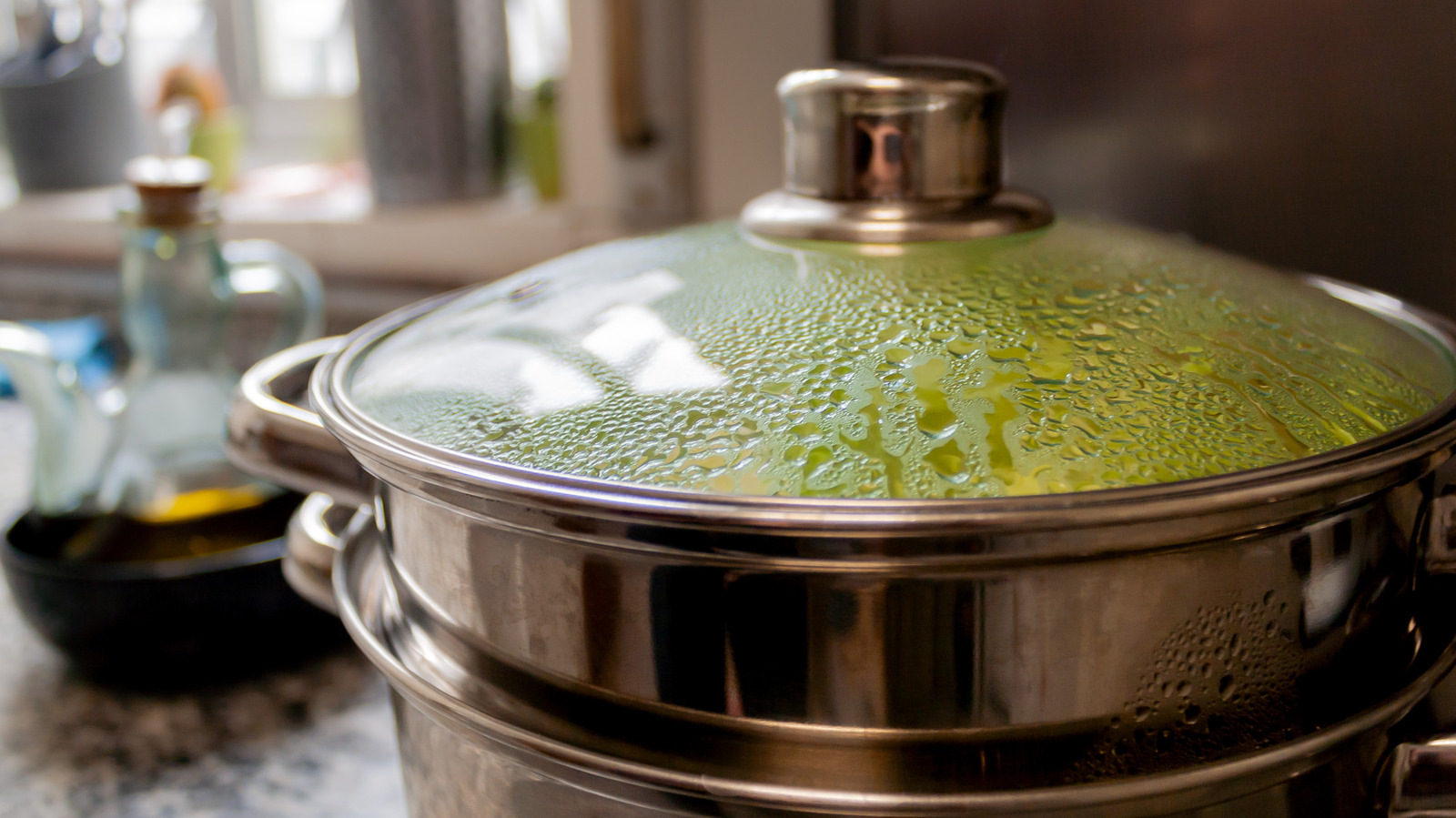

Articles
How To Use Steamer Pot
Modified: February 20, 2024
Learn how to use a steamer pot with helpful articles and tips. Discover the best techniques for steaming vegetables, seafood, and more.
(Many of the links in this article redirect to a specific reviewed product. Your purchase of these products through affiliate links helps to generate commission for Storables.com, at no extra cost. Learn more)
Introduction
Welcome to the world of steaming! Steaming is a healthy and convenient cooking method that helps preserve the nutritional content of foods while locking in their natural flavors. And one essential tool you’ll need to master the art of steaming is a steamer pot. In this article, we’ll guide you through everything you need to know about using a steamer pot to achieve delicious and nutritious results.
Steaming is a versatile cooking technique that can be used for a wide range of foods, including vegetables, seafood, poultry, and even dumplings. Steamer pots are designed specifically for steaming, with features that allow you to cook various ingredients simultaneously while maintaining proper heat distribution.
In this guide, we’ll cover the essentials of choosing the right steamer pot, preparing it for use, adding water, adding food, steaming the food to perfection, checking for doneness, removing the food from the steamer pot, and finally, cleaning and maintaining your steamer pot for long-lasting use.
Whether you’re a seasoned chef or a novice in the kitchen, using a steamer pot can elevate your cooking game to a whole new level. So, let’s dive in and explore the wonderful world of steaming with a steamer pot!
Key Takeaways:
- Elevate your cooking game with a steamer pot, perfect for healthy and flavorful dishes. Choose the right pot, prepare it properly, and enjoy the benefits of steaming a variety of foods to perfection.
- Master the art of steaming with a steamer pot for delicious and nutritious results. From choosing the right pot to cleaning and maintenance, enjoy the versatility and health benefits of this cooking method.
Read more: How To Use Steamer Instant Pot
Choosing the Right Steamer Pot
When it comes to choosing the right steamer pot, there are a few factors to consider to ensure optimal cooking performance and convenience. Here are some key points to keep in mind:
- Material: Steamer pots are commonly made from stainless steel, bamboo, or silicone. Stainless steel is a popular choice due to its durability and heat conductivity. Bamboo steamers are traditional and provide a natural cooking surface. Silicone steamers are flexible and easy to clean.
- Size: Consider the size of the steamer pot based on your cooking needs. If you plan to steam large quantities of food, opt for a larger pot. However, if you have limited space or prefer smaller portions, a compact steamer pot will suffice.
- Layers: Some steamer pots come with multiple layers or tiers, allowing you to steam different foods simultaneously. This is especially useful when you want to cook various dishes without mixing their flavors.
- Handles and Lid: Look for a steamer pot with heat-resistant handles that allow for safe and easy handling. Additionally, make sure the lid fits securely to trap steam effectively during the cooking process.
- Compatibility: Consider the type of stovetop you have and ensure that the steamer pot is compatible. Some pots are designed specifically for gas stoves, electric stoves, or induction cooktops.
By considering these factors, you can choose a steamer pot that suits your cooking style and preferences. Whether you opt for a stainless steel pot for its durability or a bamboo steamer for its natural cooking surface, selecting the right steamer pot is the first step towards a successful steaming experience.
Preparing the Steamer Pot
Before using your steamer pot for the first time, it’s important to properly prepare it to ensure clean and efficient cooking. Here are the steps to follow:
- Wash the Pot: Thoroughly clean the steamer pot with warm, soapy water to remove any dust or residue from the manufacturing process. Rinse it well and dry it with a clean towel. This helps ensure hygienic cooking.
- Inspect the Pot: Take a close look at the steamer pot to check for any defects or damages. Ensure that the handles are secure, the layers or tiers are aligned properly, and there are no cracks or dents that could affect its performance or safety.
- Season Bamboo Steamers (if applicable): If you’re using a bamboo steamer, it’s necessary to season it before use. Soak the bamboo steamer in water for at least 30 minutes, ensuring that it’s fully submerged. This process helps prevent the bamboo from drying out, cracking, or imparting an unwanted taste to the food.
- Assemble the Layers: If your steamer pot has multiple layers or tiers, assemble them according to the instructions provided. Ensure that each layer fits securely in place and allows ample steam circulation.
- Place a Liner (optional): To prevent food from sticking to the steamer pot, you can line it with parchment paper, cabbage leaves, or banana leaves. This step is particularly useful when steaming delicate foods like fish or dumplings.
By following these preparation steps, you’ll ensure that your steamer pot is clean, in good condition, and ready to deliver delicious steamed dishes. Now that your steamer pot is ready, it’s time to add water and start steaming!
Adding Water to the Steamer Pot
Water is a crucial component when using a steamer pot as it creates the steam necessary for cooking. Here’s how to add water to the steamer pot:
- Check the Water Level: Before adding water, check the steamer pot to see if it has a designated water level indicator. This will help you determine the amount of water needed for steaming.
- Fill the Bottom Pot: For most steamer pots, you’ll need to fill the bottom pot with water. The water level should be below the level of the steamer rack or the first layer of the pot. This ensures that the food is steamed, rather than boiled, by the rising steam.
- Avoid Overfilling: It’s important not to overfill the steamer pot with water as it can cause the water to overflow or seep into the food. Start with a moderate amount of water and add more if needed during the steaming process.
- Choose the Right Water: Use clean, filtered water for steaming to ensure the best flavor and avoid any impurities interfering with your food.
- Bring the Water to a Boil: Place the filled steamer pot on the stove and turn the heat to medium-high. Allow the water to come to a gentle boil before adding the food to be steamed.
It’s worth noting that different foods require different amounts of steaming time, so it’s essential to follow specific recipes or guidelines for best results. With the water added and brought to a boil, it’s time to prepare and add your desired ingredients to the steamer pot.
Adding Food to the Steamer Pot
Now that the water is boiling in the steamer pot, it’s time to add your food for steaming. Here are some guidelines to follow when adding food to the steamer pot:
- Prepare and Arrange Food: Wash and prepare your ingredients, such as vegetables, seafood, or meat, as desired. Cut them into even-sized pieces to ensure even cooking. Arrange the food on a plate or in a steam-safe dish that fits inside the steamer pot.
- Avoid Overcrowding: It’s important not to overcrowd the steamer pot with food. Leave space between the individual pieces or dishes to allow steam to circulate freely. This ensures that the food cooks evenly and thoroughly.
- Season and Flavor: Season your food with desired herbs, spices, or marinades before placing it in the steamer pot. This helps infuse flavor into the dishes as they steam.
- Sauce Separation: If you’re steaming ingredients with sauces or liquids, it’s best to keep them separate initially. Once the individual components are almost cooked, you can combine them and continue steaming to allow the flavors to meld together.
- Layering: If you have a steamer pot with multiple layers or tiers, you can steam different foods simultaneously. For example, you can steam vegetables on one layer and fish or chicken on another. Just make sure to adjust the cooking time accordingly for each layer.
Remember, the cooking time will vary depending on the type and size of the food you’re steaming. Use your recipe or cooking guidelines as a reference to determine the appropriate steaming time. Once you’ve added the food to the steamer pot, it’s time to start the steaming process.
When using a steamer pot, make sure to place the food in a single layer to ensure even cooking. Also, check the water level periodically to prevent it from running dry.
Read more: How To Use Instant Pot Steamer Rack
Steaming the Food
With the food added to the steamer pot, it’s time to start the steaming process. Proper steaming ensures that your food is cooked to perfection while retaining its flavor, texture, and nutrients. Here’s how to steam your food effectively:
- Place the Pot on the Stove: Carefully place the assembled steamer pot on the stove over medium-high heat.
- Cover with a Lid: Once the food is in the pot, cover it tightly with the lid. This helps trap the steam, ensuring that your food is cooked thoroughly and evenly.
- Adjust the Heat: Adjust the heat to maintain a gentle simmer. The steam created by the boiling water will rise and cook the food. Avoid simmering the water vigorously, as it can cause the steam to escape too quickly and result in uneven cooking.
- Time the Steaming: Follow the recommended steaming times provided in your recipe or cooking guidelines, adjusting based on the size and thickness of your food. Steaming times can vary widely, so it’s important to keep a close eye on the food and check for doneness periodically.
- Avoid Opening the Lid: While it’s tempting to check on the progress of your food, try to resist the urge to open the lid frequently. Opening the lid releases steam and can lengthen the cooking time. Only open the lid when necessary to check for doneness.
During the steaming process, you may notice condensation building up on the inside of the lid. This is normal and indicates that the steam is circulating effectively. However, be cautious when opening the lid, as the escaping steam can cause burns. Use oven mitts or a towel to protect your hands.
Once you believe your food is cooked, it’s important to check for doneness before removing it from the steamer pot.
Checking for Doneness
When steaming food, it’s important to check for doneness to ensure that it’s cooked to your desired level. Here are some tips for checking if your food is properly steamed:
- Visual Inspection: One of the simplest ways to determine if your food is cooked is by visually inspecting it. Look for signs such as a change in color, firmness, or texture. For example, vegetables should be vibrant and tender, while meat should be opaque and easily separate with a fork.
- Probe with a Fork or Skewer: Insert a fork or skewer into the thickest part of the food, such as the center of a piece of meat or the core of a vegetable. If it slides in easily and the food feels tender, it is likely cooked. If there is resistance or the food feels firm, it may require additional steaming time.
- Use a Food Thermometer (for meat and poultry): For meats and poultry, especially larger cuts or whole birds, using a food thermometer is recommended. Insert the thermometer into the thickest part of the meat, avoiding any bones. Check the minimum internal temperature recommended for the specific type of meat. Once it reaches the desired temperature, it is safe to remove it from the steamer pot.
- Taste Test: When in doubt, a taste test can provide valuable information about doneness. Take a small portion of the food and taste it to ensure it’s cooked to your preferred level. This is especially useful for pasta, dumplings, or other foods that may require a specific texture.
Remember that different foods have different cooking times, so adjust your checking methods accordingly. It’s better to slightly undercook your food and give it additional steaming time if needed, rather than overcooking it and losing its texture and flavor.
Once your food is cooked to perfection, it’s time to remove it from the steamer pot.
Removing the Food from the Steamer Pot
After your food is properly steamed and cooked to your satisfaction, it’s time to carefully remove it from the steamer pot. Here’s how you can safely and efficiently remove the food:
- Turn Off the Heat: Before removing the food, turn off the heat source to ensure safety and prevent any accidental burns.
- Use Heat-Resistant Gloves or Oven Mitts: Protect your hands by wearing heat-resistant gloves or oven mitts when handling the steamer pot or the hot plates inside. This will help prevent any burns or injuries.
- Remove the Lid: Carefully remove the lid from the steamer pot, taking caution as hot steam may escape. Set it aside in a safe place or on a heat-resistant surface.
- Use Utensils: If you steamed your food on plates or in steam-safe dishes, use tongs, a spatula, or a slotted spoon to carefully lift and transfer the food onto serving plates. This allows for easy and precise handling.
- Allow Food to Rest: Once your food is removed from the steamer pot, it’s beneficial to let it rest for a few minutes. This allows any residual steam to evaporate, and the food to cool slightly before serving.
Handle the steamer pot and the cooked food with caution, as both will be hot. Take your time and ensure you have a firm grip on the utensils or plates for a safe transfer. Now that your steamed food is ready to be enjoyed, it’s time to savor the flavors and textures.
Cleaning and Maintenance
Proper cleaning and maintenance of your steamer pot is essential to ensure its longevity and optimal performance. Here are some tips to keep your steamer pot in great condition:
- Allow the Pot to Cool: After steaming, allow the steamer pot to cool down completely before cleaning. This prevents any accidental burns or injuries.
- Disassemble (if applicable): If your steamer pot has removable parts or layers, disassemble them for thorough cleaning. Follow the manufacturer’s instructions for proper disassembly.
- Hand Wash with Mild Soap: Wash the steamer pot and its components with warm water and mild dish soap. Use a gentle sponge or cloth to remove any food residue and stains. Avoid using abrasive scrubbers or harsh chemicals as they may damage the pot.
- Pay Attention to Interiors: Clean the interior surfaces and the rack or layers of the steamer pot, ensuring there are no food particles or buildup. Pay extra attention to any hard-to-reach corners or crevices.
- Remove Mineral Deposits: If there are mineral deposits from the water used during steaming, soak the affected areas in a solution of equal parts vinegar and water for a few hours. Then, scrub gently to remove the deposits. Rinse thoroughly with water afterward.
- Dry Thoroughly: After washing, make sure to dry all components of the steamer pot completely. This prevents the build-up of moisture, which can lead to mold or rust. You can air-dry the pot or use a clean towel to dry it manually.
- Store Properly: Once the steamer pot is clean and dry, reassemble the parts if necessary and store it in a dry and well-ventilated area. Avoid stacking heavy items on top of the pot, as it may cause damage.
Regular cleaning and maintenance will help prolong the life of your steamer pot while ensuring hygienic and safe cooking. It’s also important to refer to the manufacturer’s instructions for specific cleaning guidelines, as different materials may require different care.
With proper care, your steamer pot will continue to provide you with delicious and healthy steamed dishes for many years to come.
Read also: 8 Amazing Pot With Steamer for 2024
Conclusion
Using a steamer pot is a fantastic way to incorporate healthy and flavorful steamed dishes into your culinary repertoire. Whether you’re steaming vegetables, seafood, poultry, or dumplings, the steamer pot allows you to cook food to perfection while preserving its nutrients and natural flavors.
In this article, we covered the key aspects of using a steamer pot, from choosing the right one to cleaning and maintenance. We discussed the importance of selecting a suitable steamer pot based on materials, size, layers, handles, and compatibility with your stovetop.
We emphasized the significance of preparing the steamer pot by washing it thoroughly before use and inspecting for any defects. Seasoning bamboo steamers, if applicable, ensures their longevity and prevents any unwanted taste transfer.
Adding water to the steamer pot in the appropriate amount and bringing it to a gentle boil is crucial for generating steam, essential for the steaming process. In addition, we explored the proper methods for adding food to the steamer pot, including arranging the food, avoiding overcrowding, and considering layering for simultaneous cooking of different ingredients.
Steaming the food involves maintaining the right heat level, keeping the lid closed, and checking for doneness using visual cues, probing with a fork or skewer, and tasting small portions when necessary. Removing the food from the steamer pot should be done carefully using heat-resistant gloves or oven mitts.
Lastly, we discussed the importance of cleaning and maintaining your steamer pot. By following proper cleaning techniques and ensuring complete drying before storage, you can keep the pot in excellent condition for long-term use.
With these insights and guidelines, you are now equipped to embark on your culinary journey with a steamer pot. Enjoy exploring the world of steamed cuisine, experimenting with different flavors, and savoring the numerous health benefits of this cooking method. Happy steaming!
Frequently Asked Questions about How To Use Steamer Pot
Was this page helpful?
At Storables.com, we guarantee accurate and reliable information. Our content, validated by Expert Board Contributors, is crafted following stringent Editorial Policies. We're committed to providing you with well-researched, expert-backed insights for all your informational needs.
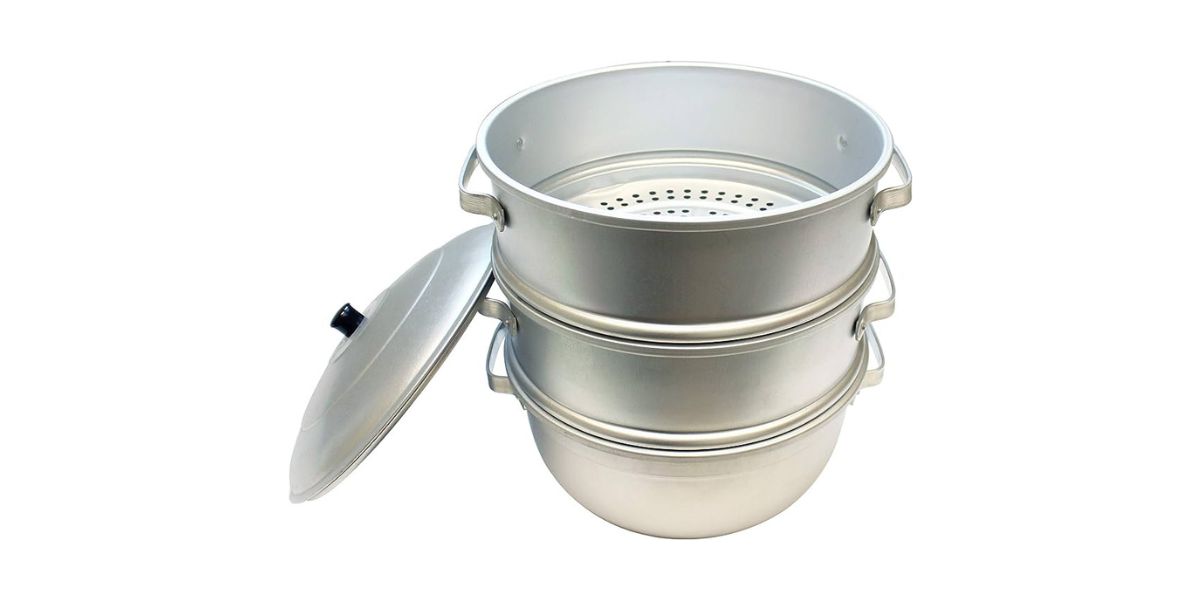
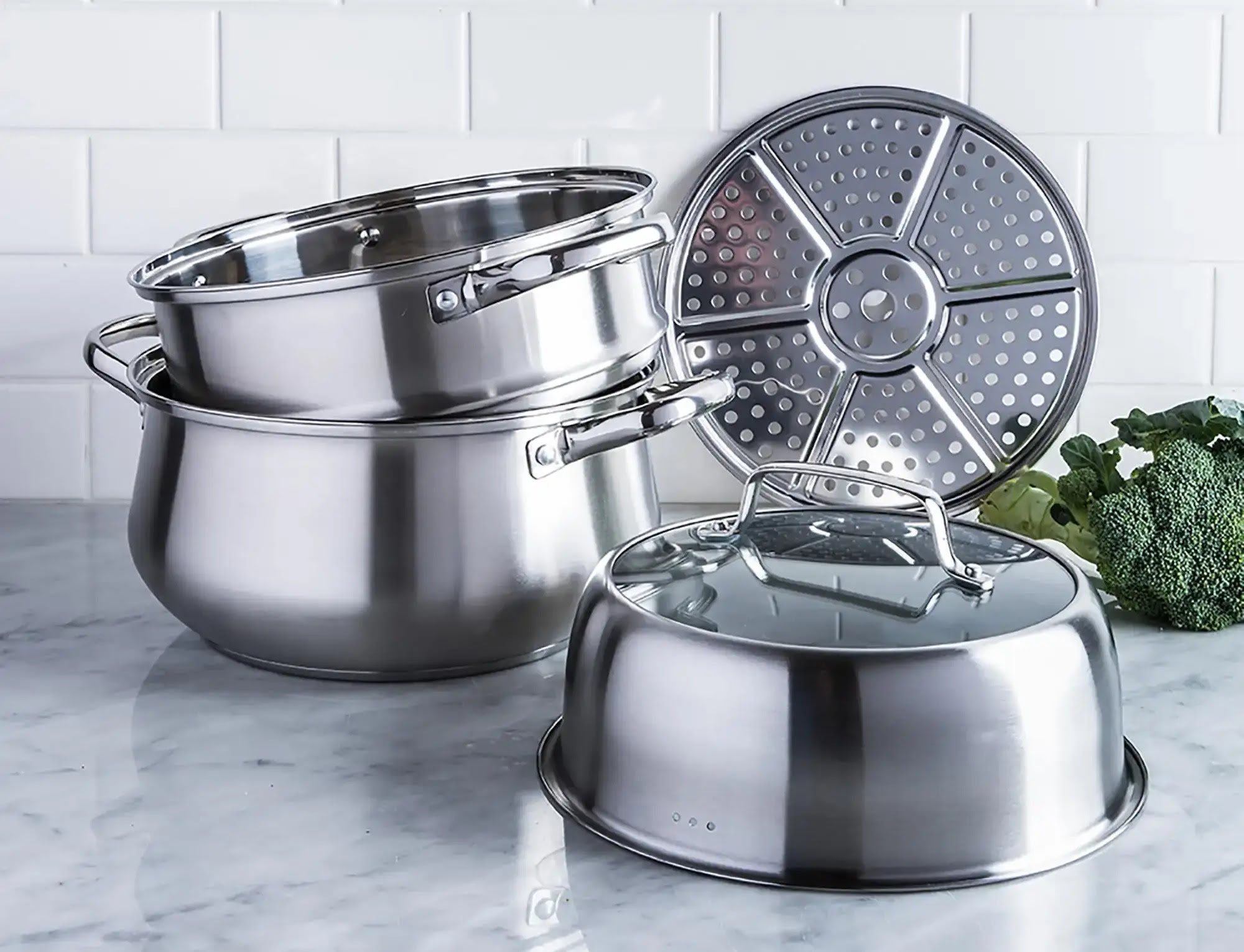
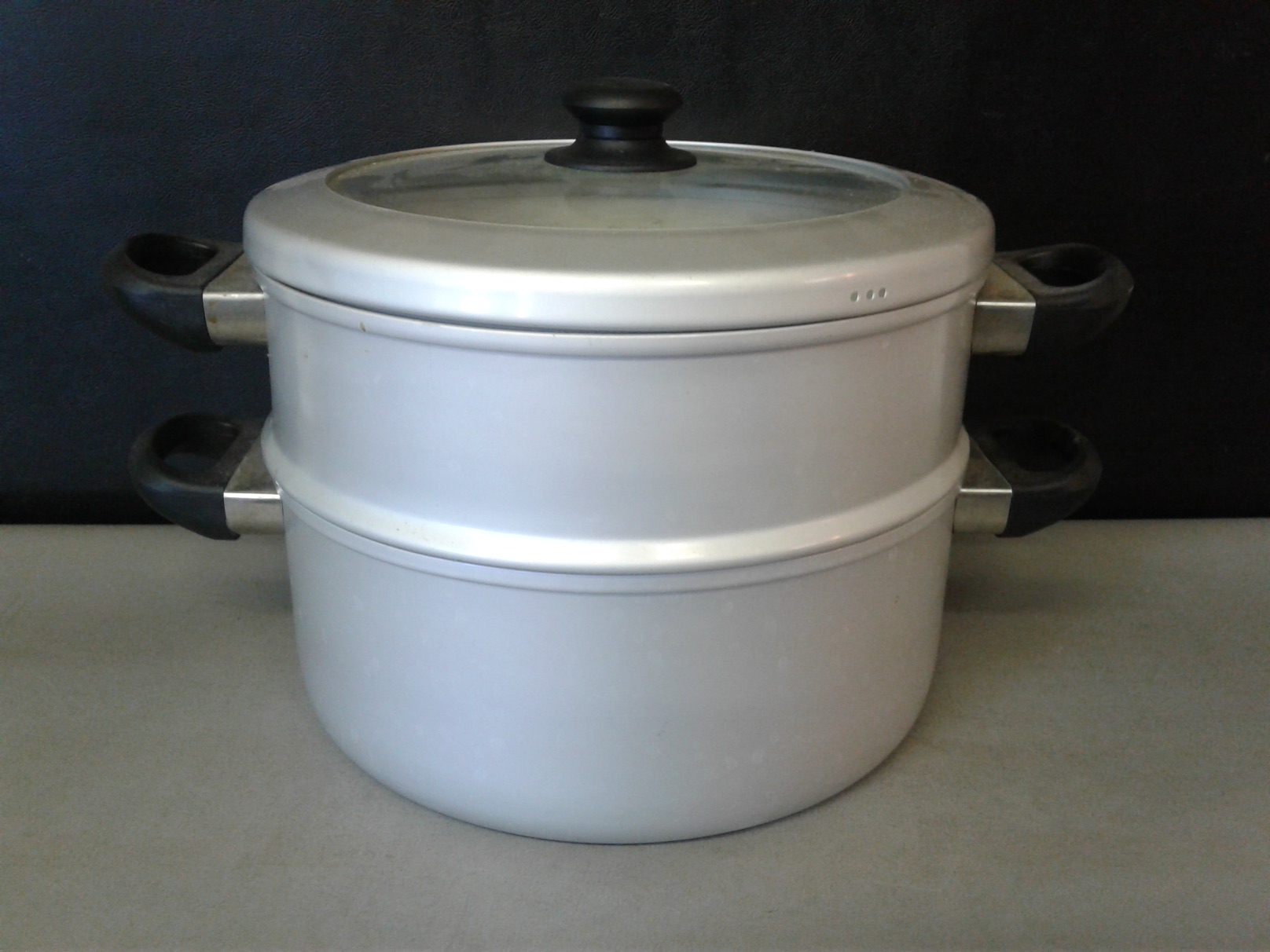
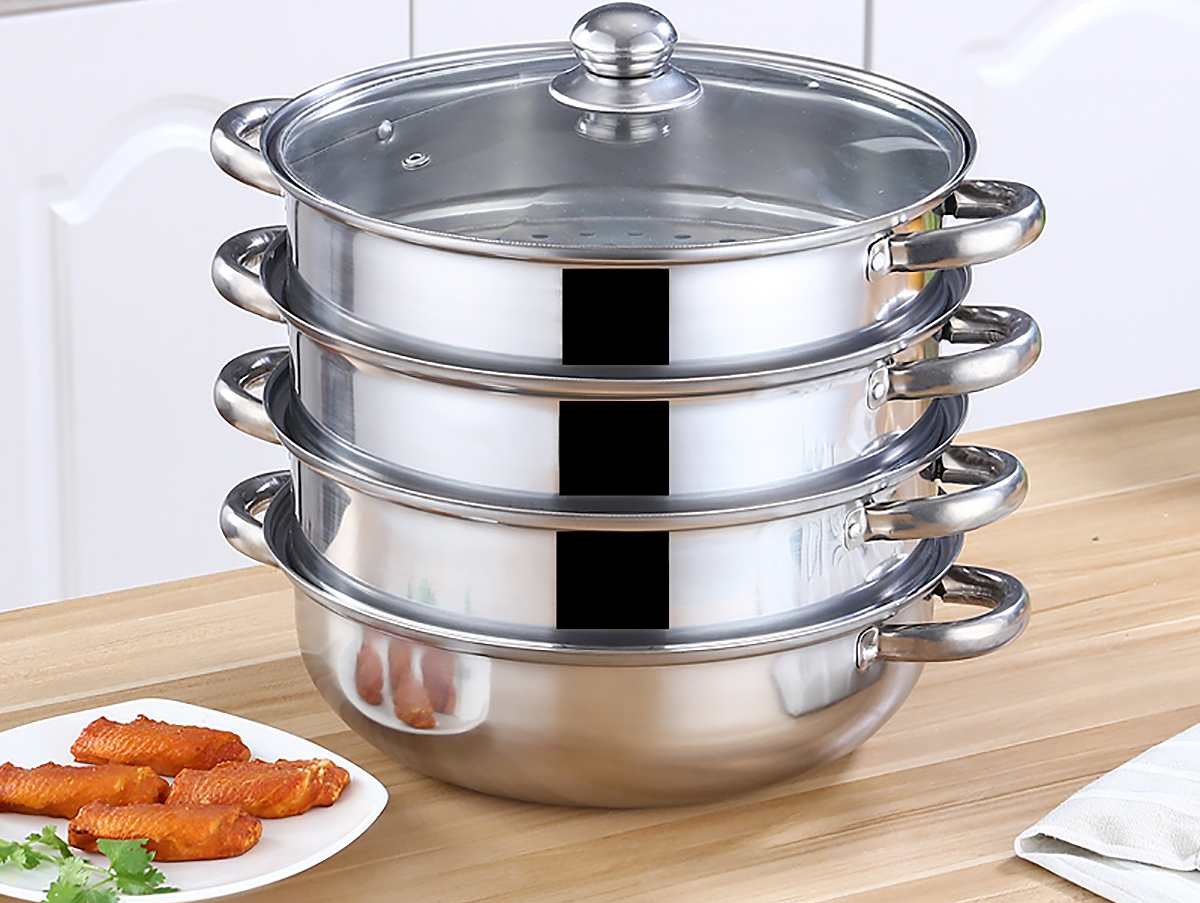
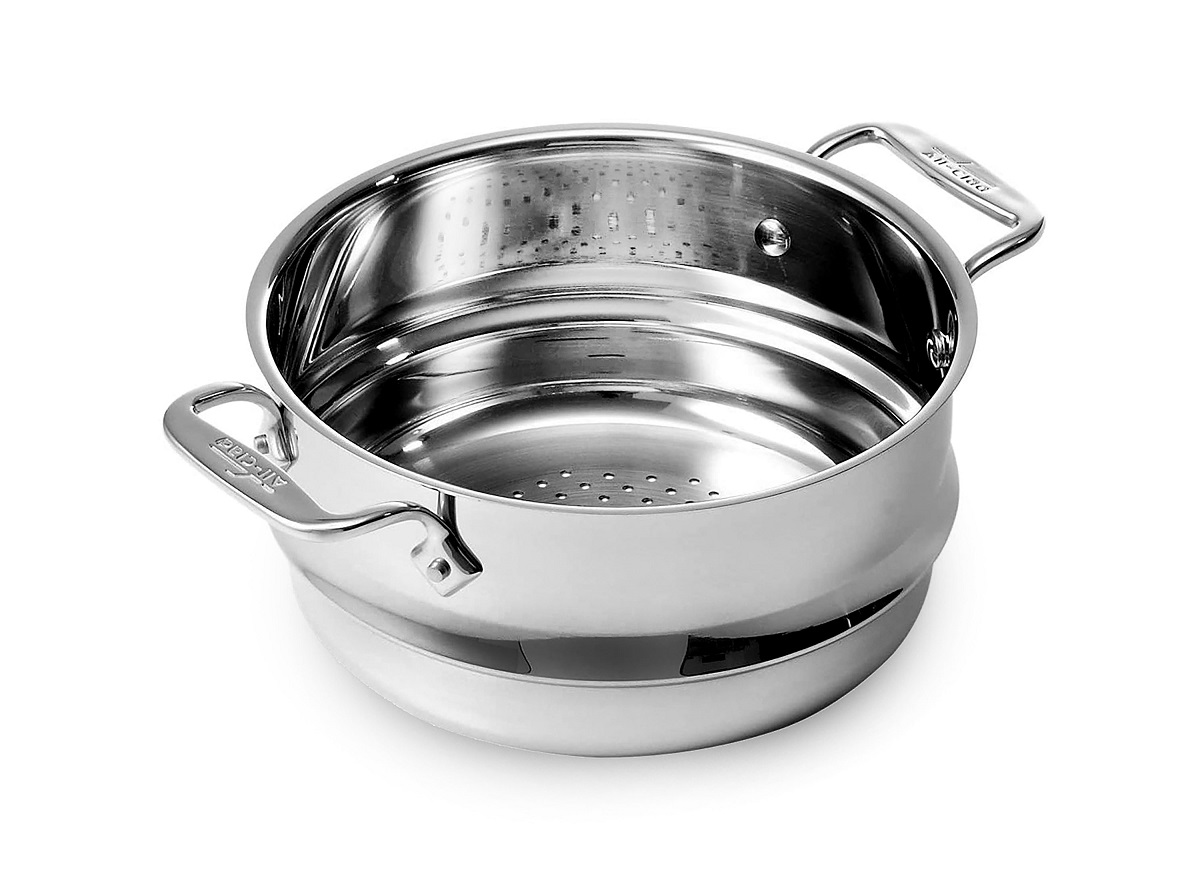
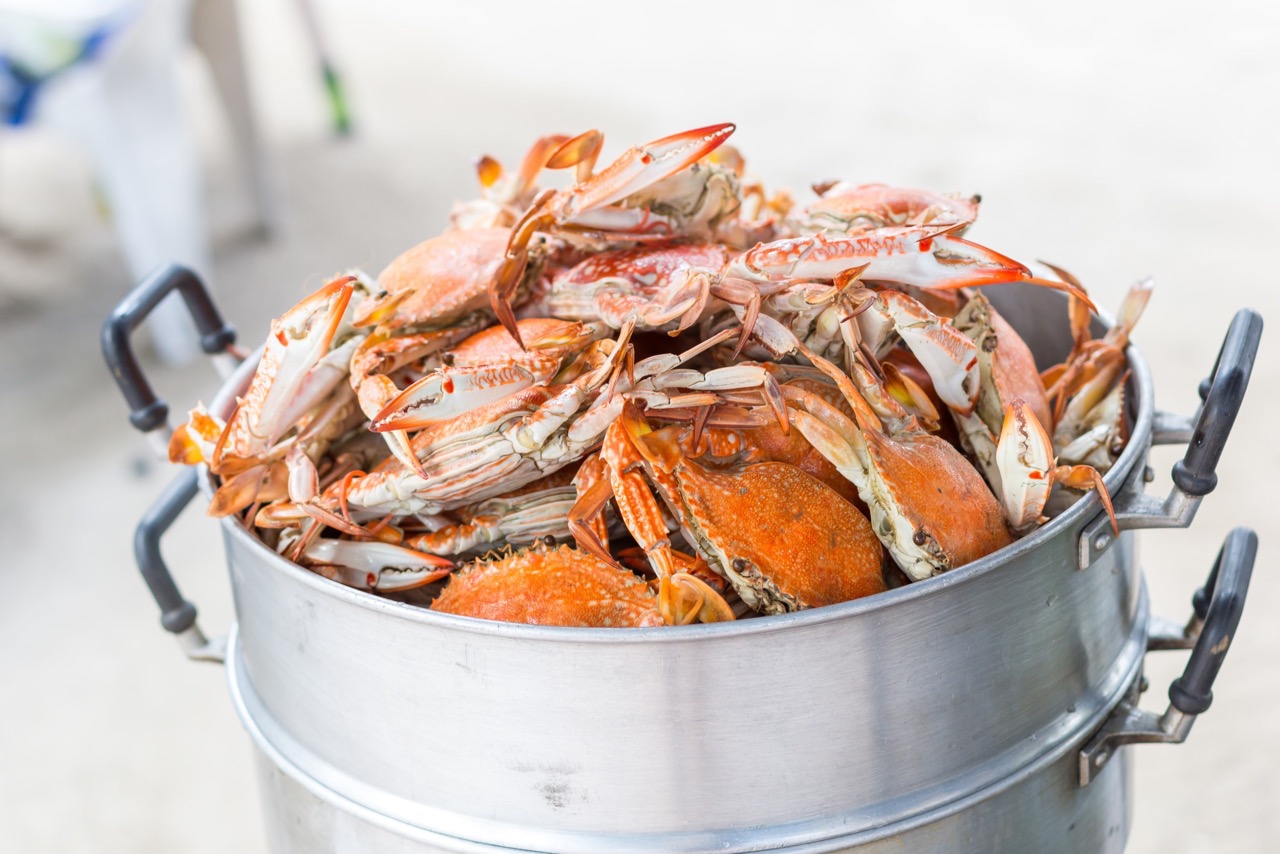
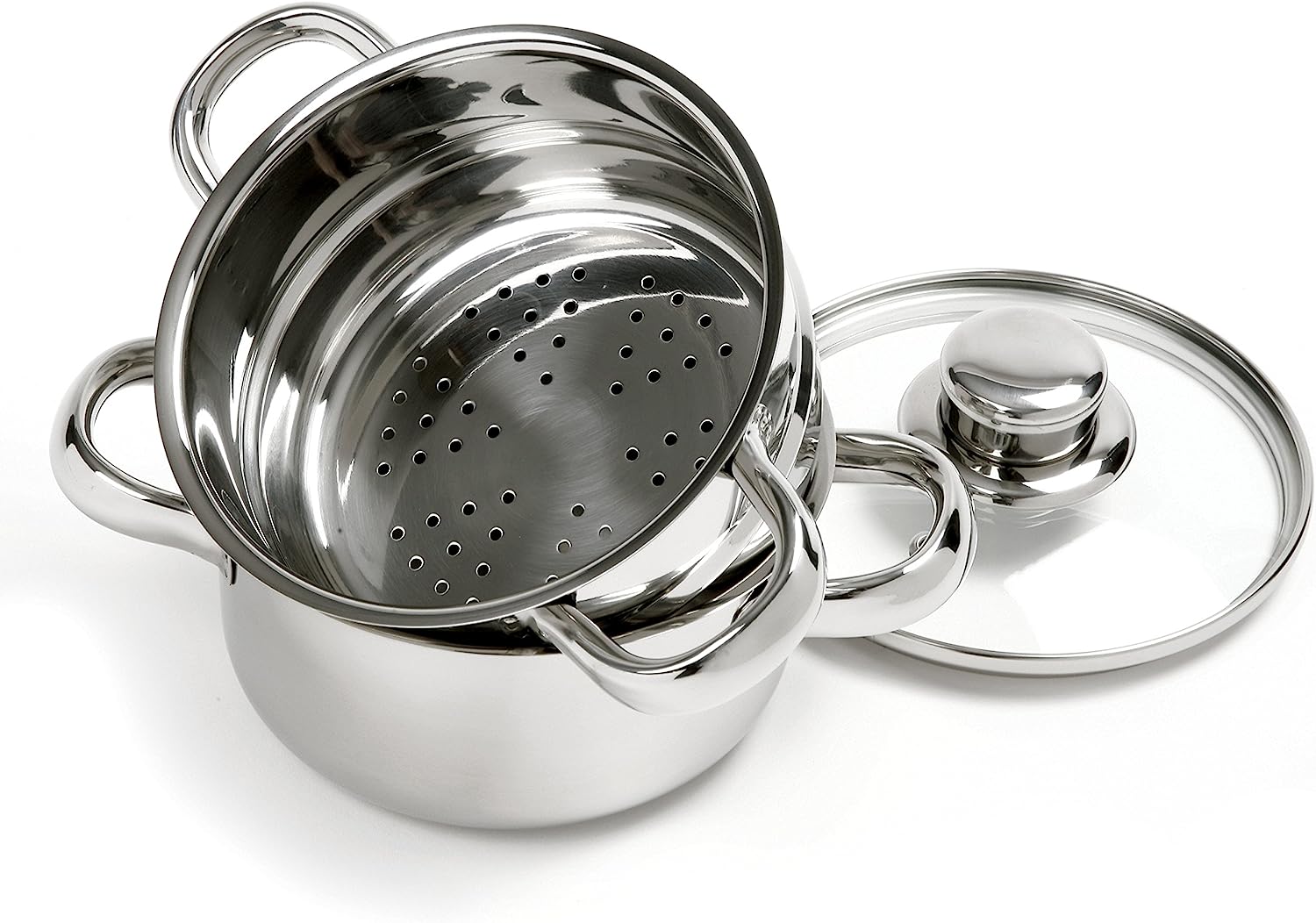
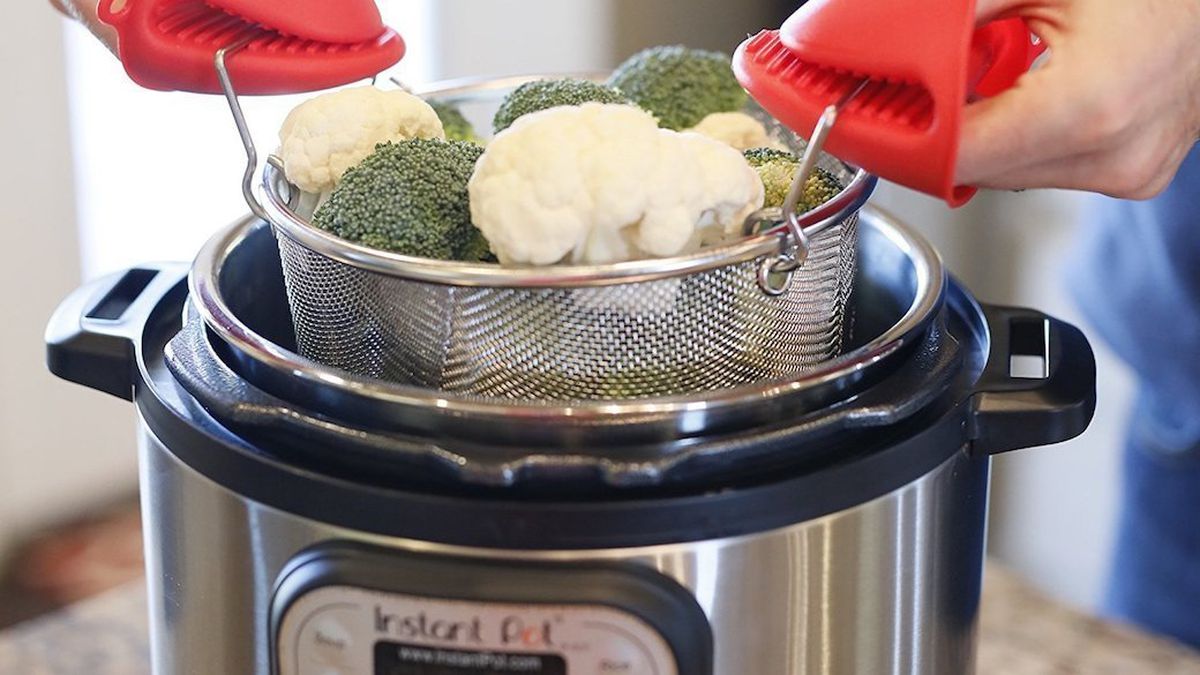
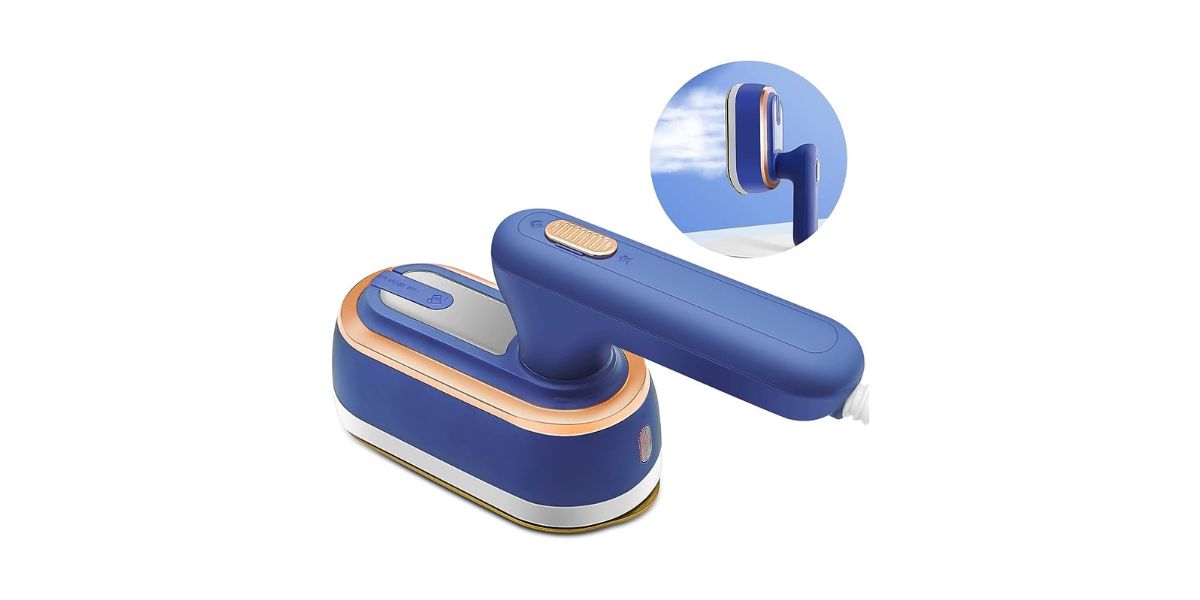
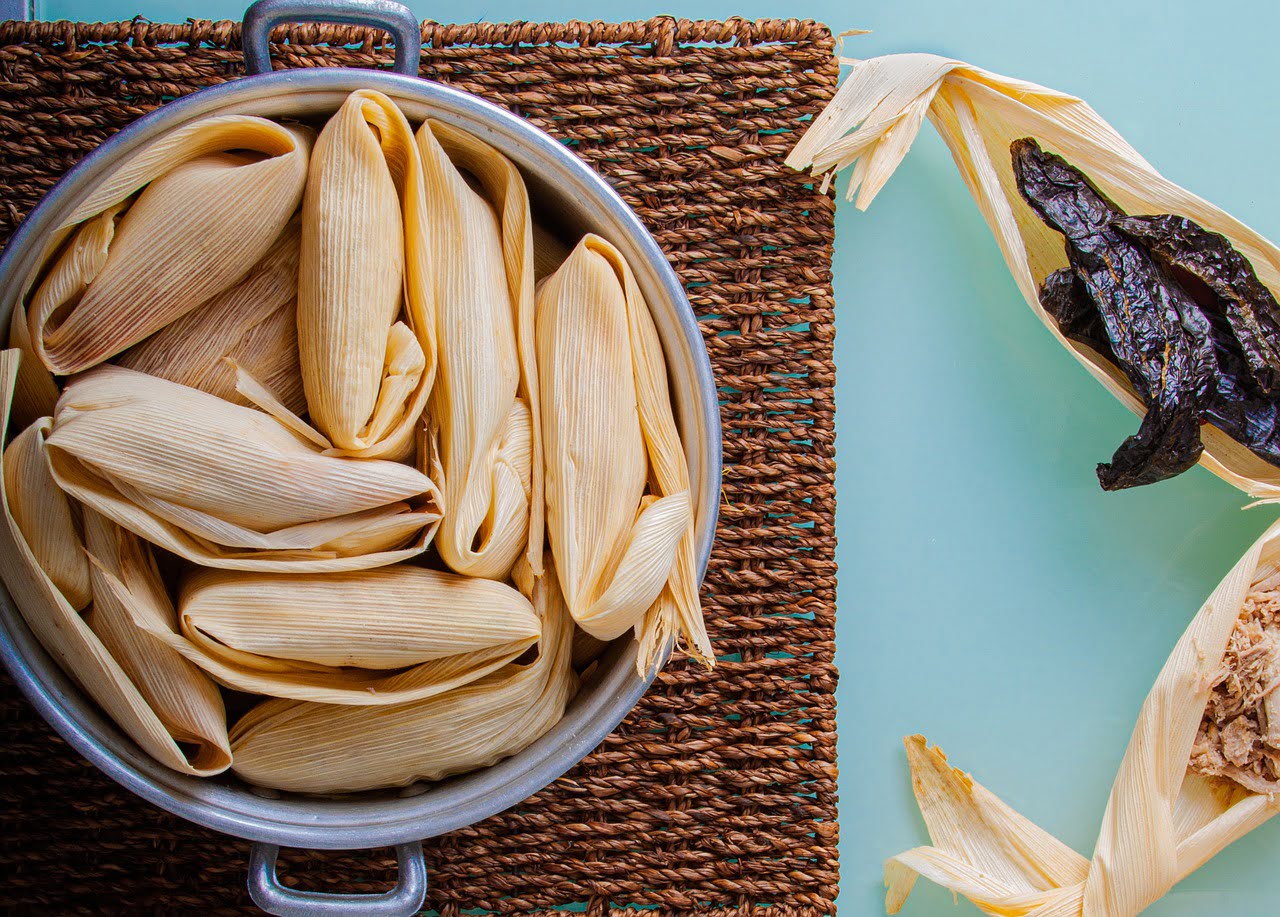
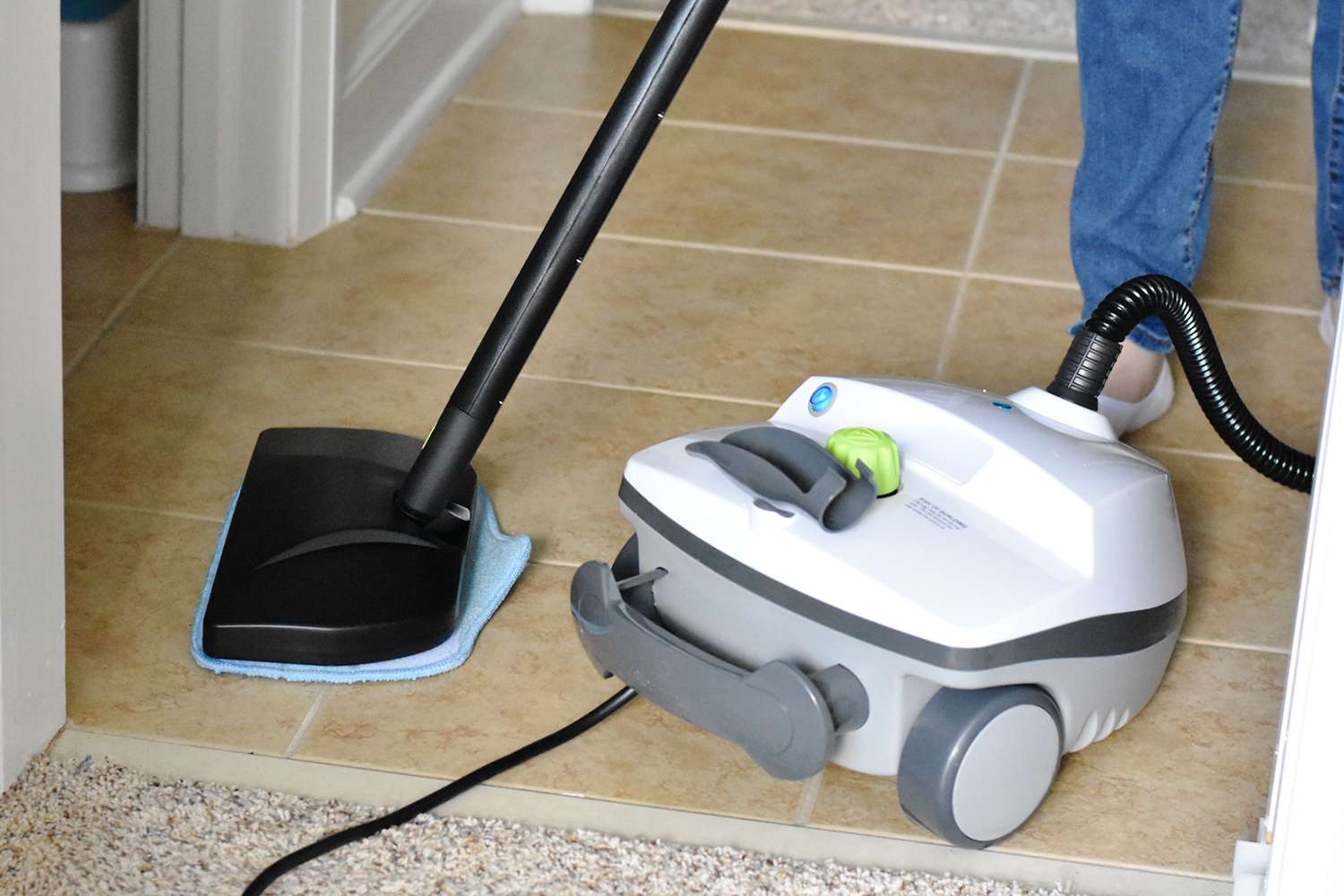

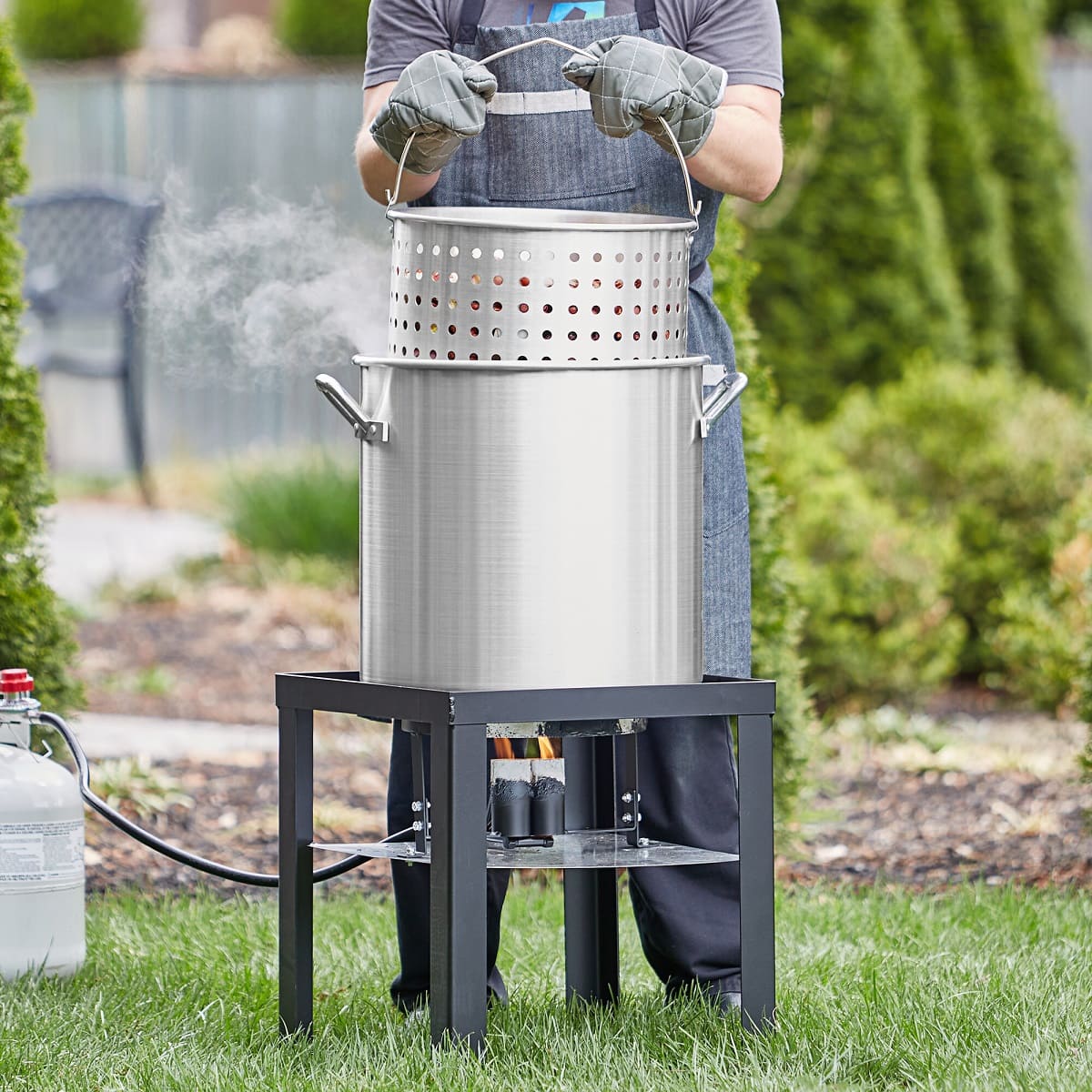

0 thoughts on “How To Use Steamer Pot”